The ideal room temperature for comfort can vary slightly based on age, gender, activity levels, and personal preferences. However, research and general guidelines suggest a range of comfortable temperatures for different age groups. In this blog from Ideal Heating & Air Conditioning, we’ll breakdown what the ideal room temperature is for each group, focusing on temperatures where most people would feel comfortable. We’ll also cover what an ideal room temperature is in summer vs winter. Let’s get started:
4) Teens & Young Adults (13-22 years)
6) Middle-Aged Adults (40-60 years)
9) Differences Between Men and Women
Maybe you haven’t found your ideal room temperature because it’s time for some maintenance or maybe a furnace upgrade. Contact our professional staff about the HVAC options available or browse our site for more information about the products and services we have available.
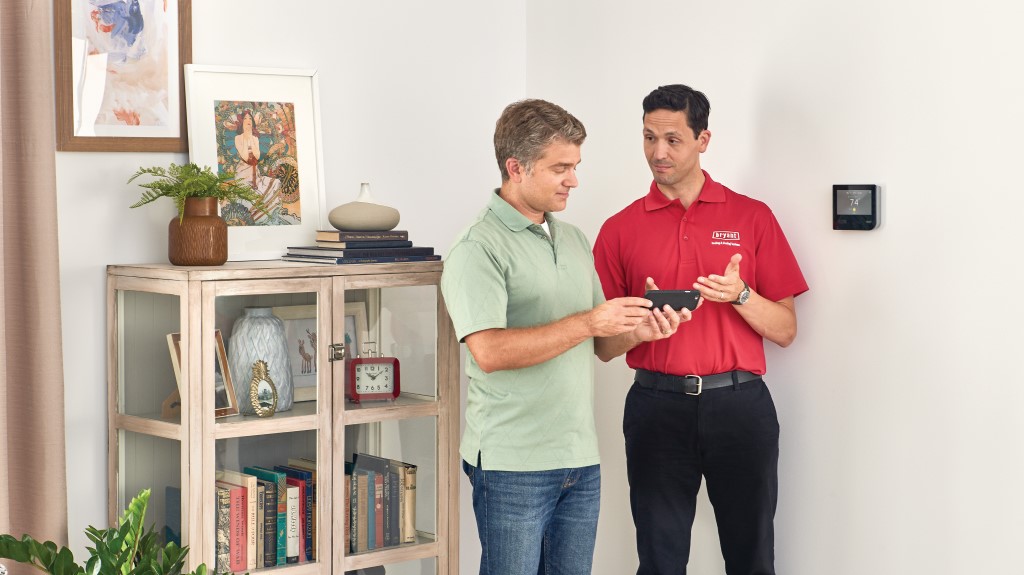
What's Your Ideal Room Temperature?
1) General Ideal Temperature Range
In general, the overall comfortable range for most people is between 20°C and 22°C (or 68°F to 72°F). As we mentioned earlier, there are many factors that affect what temperature someone thinks is the ideal room temperature, but generally preferences vary based on the following:
Age
Older adults need warmer temperatures due to slower metabolism, reduced muscle mass, and weaker circulation, while younger individuals tolerate cooler environments better.
Gender
Women often prefer warmer temperatures due to lower muscle mass, higher fat distribution, and hormonal factors, whereas men typically feel comfortable in cooler settings.
Season
In winter, people prefer warmer indoor temperatures to offset heat loss, while in summer, cooler settings are ideal for comfort and preventing overheating.
Activity Levels
Physically active individuals generate more body heat and prefer cooler temperatures, while sedentary people need warmer environments to stay comfortable.
Clothing
Heavier or layered clothing allows individuals to tolerate cooler temperatures, whereas lighter clothing makes warmer settings more comfortable. You’ll often see someone wearing extra layers in an effort to reduce their heating bills.
Your Home’s Insulation
Well-insulated homes maintain a consistent temperature, reducing the need for heating or cooling adjustments.
Your Home’s Humidity Levels
High humidity makes a room feel warmer by limiting heat evaporation, while low humidity can make it feel cooler and drier.
Your Health Condition
Conditions like hypothyroidism, anemia, or poor circulation make individuals more sensitive to cold, requiring warmer room temperatures for comfort.
In the following sections, we’ll look at the slight variations and consider some of these factors which will change someone’s opinion of what the ideal room temperature is.
2) Infants (0-2 years)
Ideal Temperature:
In the winter, the ideal room temperature for an infant is 20°C to 22°C (68°F to 72°F). In the Summer, the ideal temperature is slightly higher, between 22°C – 24°C (or 72°F – 75°F).
Why?
Babies cannot regulate their body temperature well. It’s important to keep the room warm enough to avoid chills but not too hot to prevent overheating (a risk factor for Sudden Infant Death Syndrome or SIDS).

(Image Source: William Fortunato)
3) Toddlers & Young Children (2-5 years)
Ideal Temperature:
In this age group, the ideal room temperature is a bit cooler when compared to that suggested for infants. The ideal room temperature in the winter is 20°C to 21°C (68°F to 70°F) and 22°C – 23°C (72°F – 73°F) in the summer.
Why?
Children are generally active and generate more body heat, so keeping the room slightly cooler helps them stay comfortable. Just think of those busy toddlers moving about, exploring, and enjoying their new found independence!
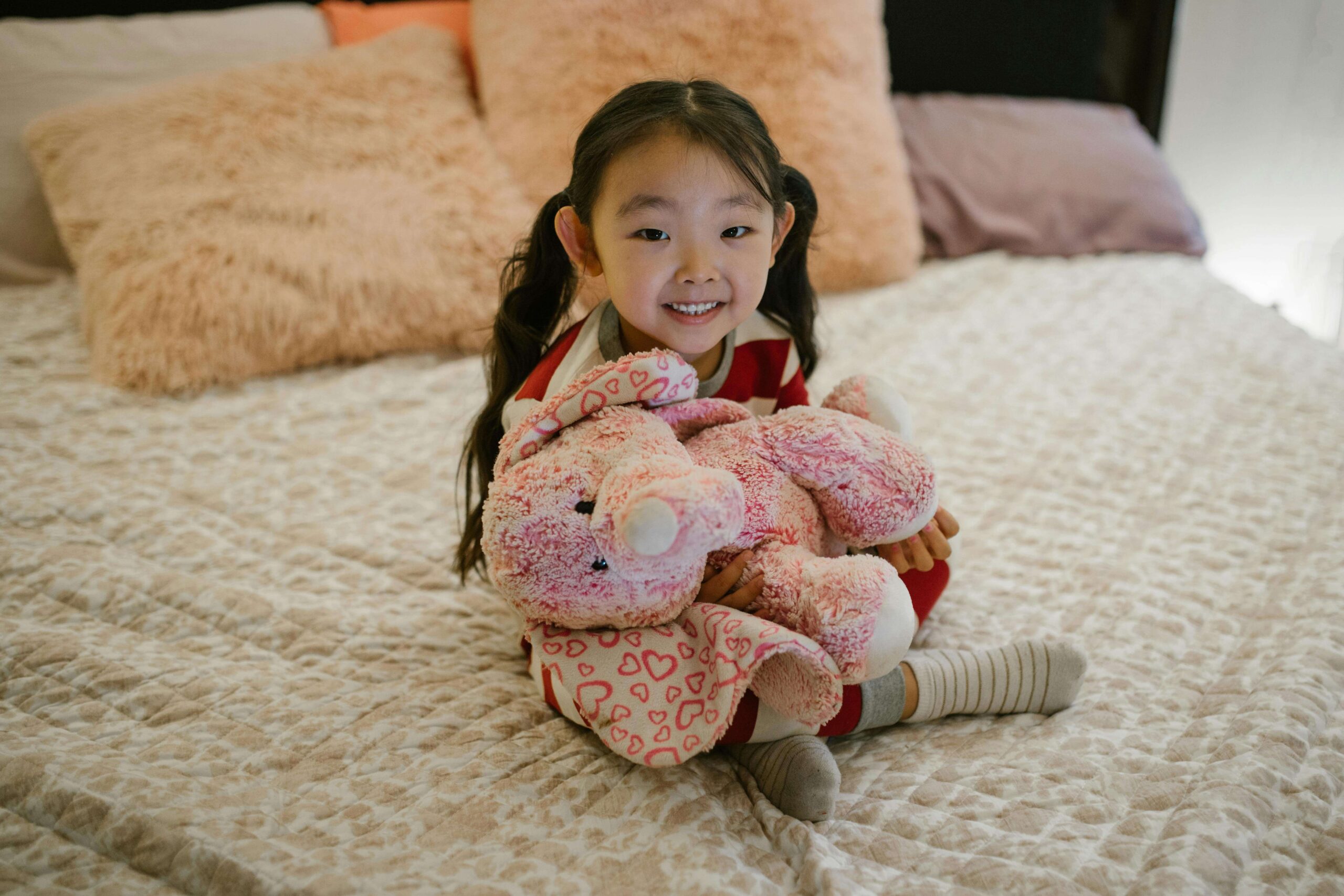
(Image Source: RDNE)
4) Children (5-12 years)
Ideal Temperature:
Children in this age group tend to prefer 19°C to 21°C (66°F to 70°F) in the winter and 22°C to 24°C (72°F -75°F) in the summer.
Why?
At this age, children are typically less sensitive to minor fluctuations in temperature and remain comfortable in slightly cooler environments. They are less sensitive to minor temperature changes because their thermoregulation is well-developed, they have a lower surface area-to-body mass ratio, and they tend to generate more heat through higher activity levels. Additionally, their focus on play and learning means they’re often less aware of small environmental changes, making them naturally more adaptable to slight temperature fluctuations.

(Image Source: Jessica Lewis)
5) Teens & Young Adults (13-22 years)
Ideal Temperature:
Teens tend to prefer a cooler temperature, preferring 19°C to 21°C (66°F to 70°F) in the winter and 22°C – 24°C (72°F – 75°F) in the summer
Why?
Teens like cooler temperatures in winter because their higher metabolic rates, hormonal changes, and activity levels make them generate more internal heat. Combined with behavioral preferences, like lighter clothing and sleep needs, they often find warmer environments uncomfortable.

(Image Source: Julia M Cameron)
6) Adults (23-39 years)
Ideal Temperature:
For this age group, the ideal room temperature is 20°C to 22°C (68°F to 72°F) in the winter and 22°C – 25°C (72 °F – 77°F) in the summer.
Why?
Most adults feel comfortable in this range, though slight variations are based on personal preference. For adults aged 23-29, the ideal room temperature is influenced by factors such as metabolism, gender, clothing choices, activity levels, health conditions (e.g.. Someone with hypothyroidism tends to feel colder, while someone with hyperthyroidism is more heat-sensitive), environmental acclimatization, and personal comfort preferences. While the general range is 20-22°C (68-72°F), these personal factors can shift preferences by a couple of degrees in either direction. To ensure comfort, it’s common for individuals to adapt by layering clothing, using fans or blankets, or adjusting their environment based on how they feel.
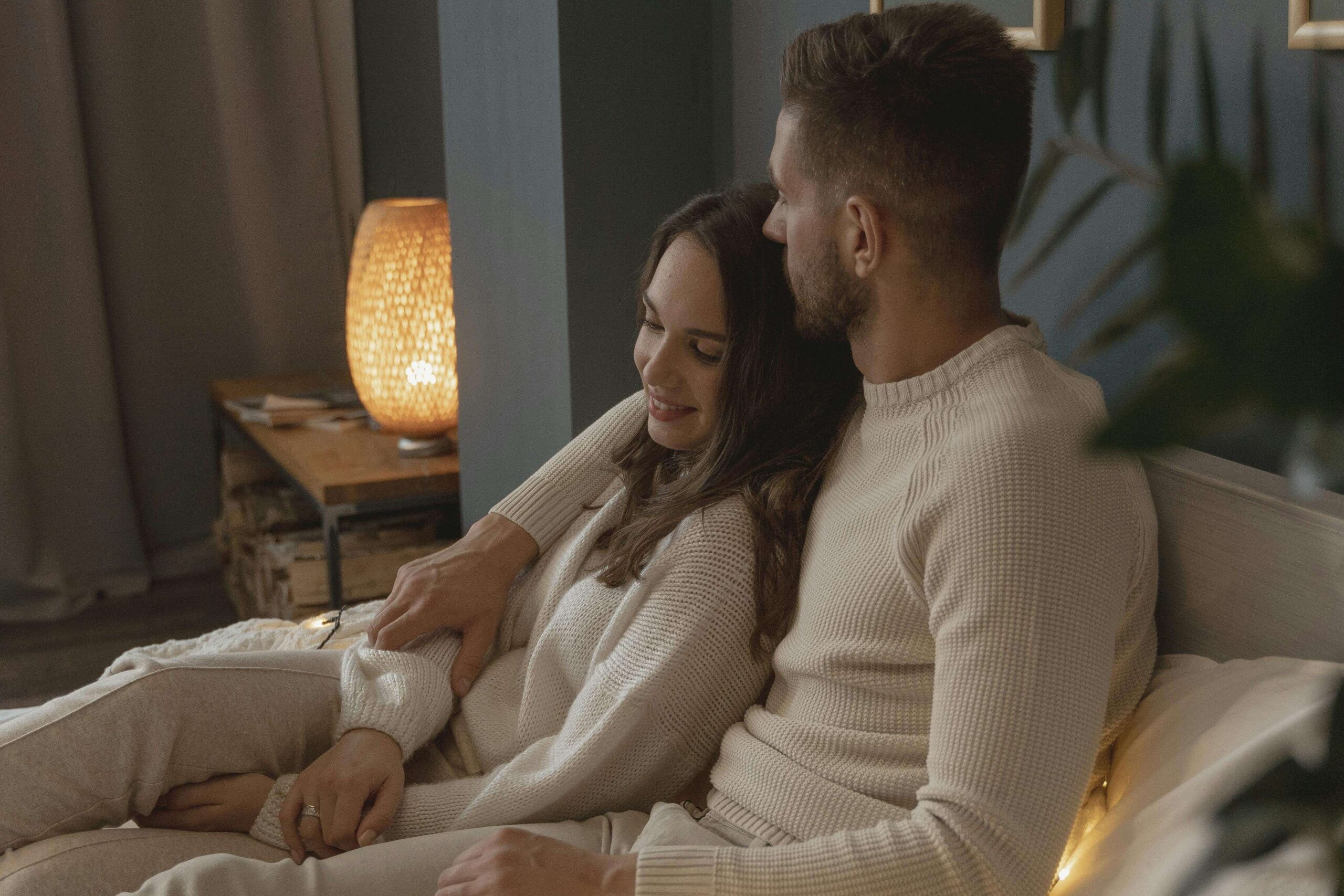
(Image Source: Tima Miroshnichenko)
7) Middle-Aged Adults (40-60 years)
Ideal Temperature:
Middle-aged adults prefer a room temperature of 20°C to 23°C (68°F to 73°F) in the winter and 23°C – 25°C (73°F – 77°F) in the summer.
Why?
As people age, their metabolic rate slows slightly, and they may feel colder, requiring slightly warmer temperatures for comfort. Middle-aged adults feel colder primarily due to slower metabolism, muscle loss, hormonal changes (E.g. In women, declining estrogen levels during menopause can cause hot flashes but also leave them feeling cold afterward as their body struggles to regulate temperature; Men may experience lower testosterone, which can also contribute to a slower metabolism and reduced heat production), poorer circulation, and thinner skin with reduced fat insulation. Health conditions, medications, and lifestyle factors also play significant roles. To combat this, staying active, maintaining muscle mass, wearing layers, and managing medical conditions can help middle-aged adults feel warmer and more comfortable.

(Image Source: August de Richelieu)
8) Older Adults (60-75 years)
Ideal Temperature:
Older adults like the room temperature warmer, such as 21°C to 24°C (70°F to 75°F) in the winter and 23°C – 26°C (73°F – 79°F) in the summer.
Why?
Seniors are more sensitive to cooler environments due to slower circulation and lower metabolic heat production due to natural changes in the body associated with aging. Older adults have slower circulation due to a weaker heart, stiffer blood vessels, and poorer blood flow to extremities. They also produce less metabolic heat due to a slower metabolic rate, loss of muscle mass, reduced hormonal activity, and decreased brown fat function. Combined with thinner skin and reduced physical activity, these changes make older adults more sensitive to cold temperatures. To stay warm, older adults can benefit from layered clothing, regular movement to stimulate circulation, maintaining muscle mass through strength exercises, and ensuring their thyroid health is monitored.

(Image Source: Marcus Aurelius)
9) Elderly Adults (75+ years)
Ideal Temperature:
Elderly adults generally need their room temperature to be warmer, between 22°C and 25°C (72°F to 77°F) in the winter and 24°C – 26°C (75°F – 79°F) in the summer. In fact, it’s actually a matter of safety. Learn why below.
Why?
Older adults, especially those with limited mobility, often prefer warmer temperatures to maintain comfort and prevent hypothermia. The elderly need it warmer because of natural changes in their body as they age that make it harder to stay warm. First, aging reduces metabolic rate, so their bodies produce less heat. The elderly also experience a loss of muscle mass. Less muscle means less heat generation, as muscles are key for maintaining body warmth. At this age, people also have weaker circulation. Aging hearts and stiff blood vessels slow blood flow, especially to extremities, making hands and feet feel colder. As we age, we also experience thinner skin and fat loss which provides less insulation, causing heat loss. As we touched on before, people also experience hormonal changes as they age. Lower thyroid activity and hormones like testosterone reduce heat production. Finally, the aged face reduced thermoregulation. The brain becomes less efficient at adjusting to temperature changes.
These combined factors mean elderly individuals feel colder and require warmer environments (around 21-24°C or 70-75°F) to stay comfortable and safe.
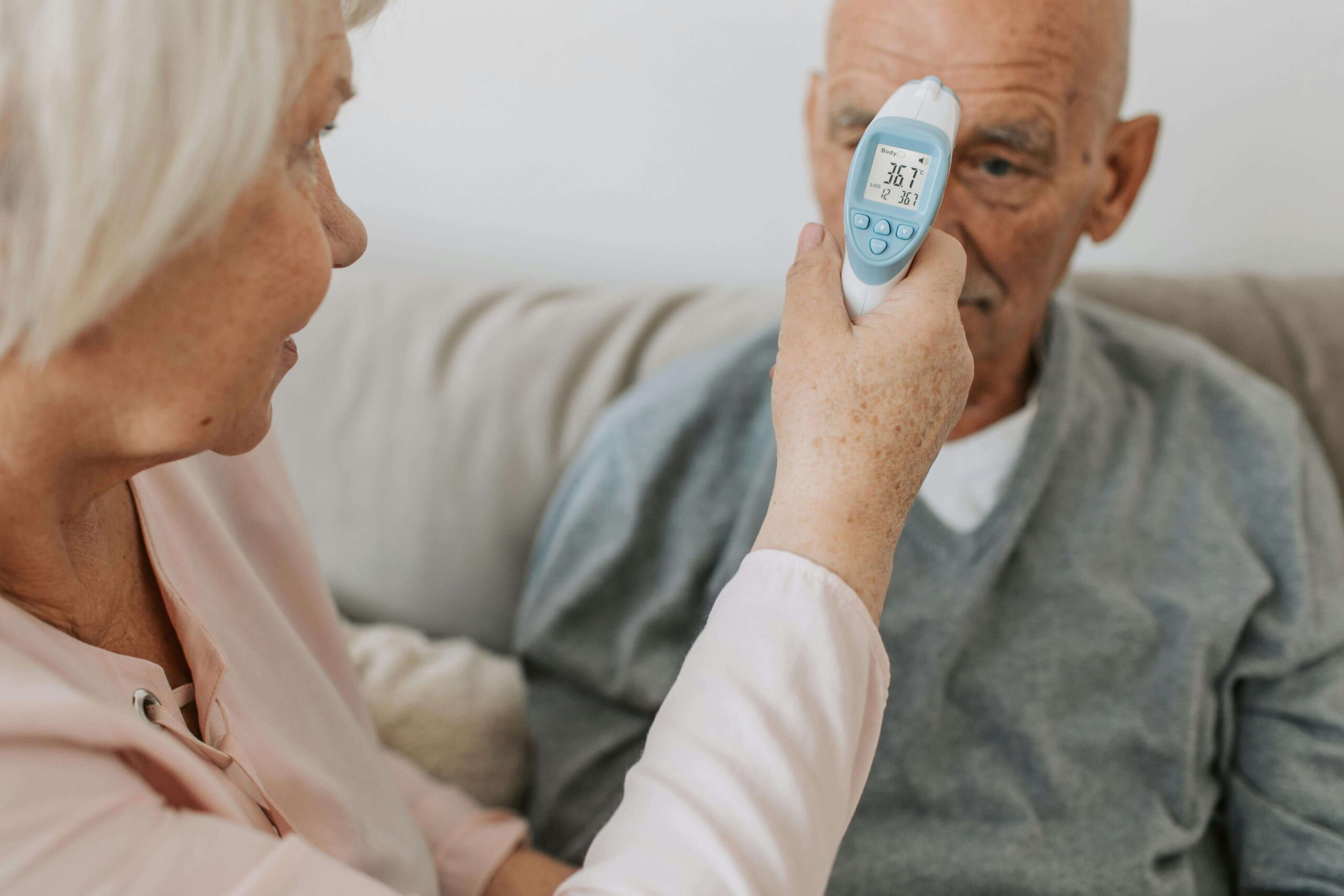
(Image Source: Vlada Karpovich)
10) Differences Between Men and Women
We all know that common anecdote of women and men fighting over the thermostat. The woman will turn the temperature up and the man will come along and turn it down (or perhaps vice versa, depending on who pays the bills!). And the cycle will continue…
While it seems comical, there are real reasons why men and women have a different ideal room temperature. Women, on average, tend to feel colder than men because of differences in body composition (higher body fat and lower muscle mass) and metabolic rate.
So, if you’re a man or woman sharing a space with the opposite sex, aim for the middle of the ranges provided, around 20°C to 22°C (68°F to 72°F), and allow for flexible adjustments.
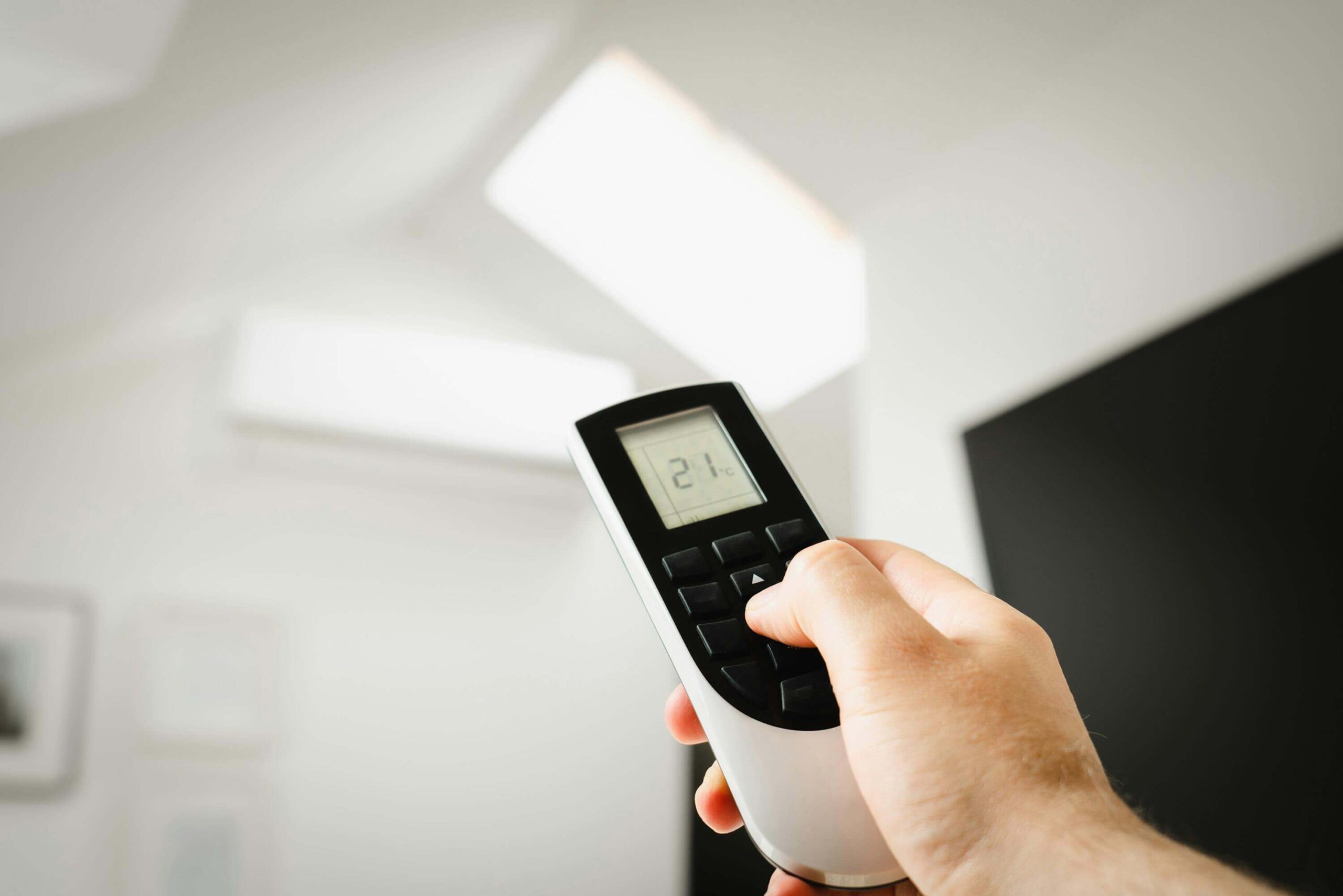
(Image Source: Jakub Zerdzicki)

Ideal Heating and Air Conditioning can help you find your perfect room temperature by offering you HVAC systems that provide consistent, adjustable climate control tailored to your individual preferences and needs. In helping you select a furnace or air conditioner, we’ll address your home’s temperature, humidity, and stability. Ideal can help you create an environment where everyone can achieve their perfect comfort level year-round! Contact Ideal to find the perfect HVAC solutions or book regular HVAC maintenance so that everyone is happy!